It has been another eventful year at the Laboratory of Tree-Ring Research! Despite these challenging times, the LTRR has continued to grow and flourish. In this newsletter, we’re excited to share with you some of the year’s highlights across our Research, Teaching, Outreach, and Curation activities, along with a few of the many media articles that have featured our work. We’re especially pleased to introduce you to the new faces at the LTRR, along with some familiar faces taking on new roles. And finally, we would like to express our deepest gratitude to those of you who have supported the LTRR in the past. Amidst all the uncertainty, you allow us to continue to innovate, to support our students, and to bring the world to the Lab. We invite you to consider supporting us in the coming year (information on donation funds is at the end of this letter)!
Best wishes for a wonderful holiday season and for 2026!
Kevin Anchukaitis
Director and Professor of Dendrochronology
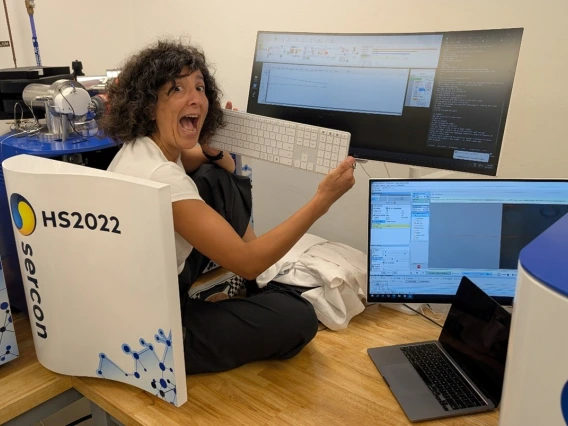
New Isotope Analysis Lab to Address Tropical Dendrochronology Questions
Tropical dendrochronology remains a frontier in dendrochronology due to the challenges of extracting information from the wood of tropical tree species. Dr. Soumaya Belmecheri has been setting up a new Laser Ablation-Isotope Ratio Mass Spectrometry (LA-IRMS) lab to advance work in this area. Soumaya has several projects in the works that will use LA-IRMS to investigate topics that range from carbon sequestration in drought stressed trees in the Brazilian tropics to the potential for using oxygen isotopes to develop proxy records of tropical circulation.
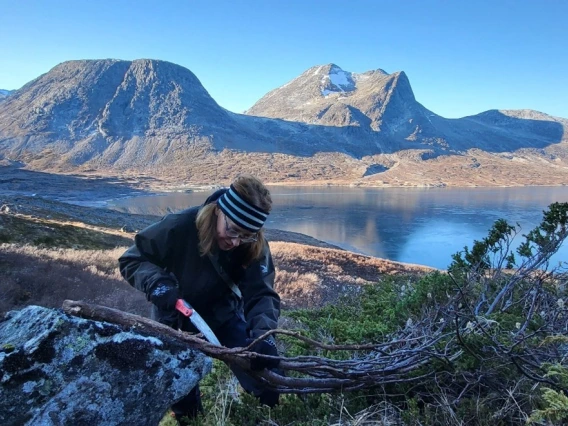
Research Highlight: Investigating Arctic Global Change with Dendrochronology and Blue Rings
Dr. Agata Buchwal, the LTRR’s newest faculty member, uses dendrochronology as a tool to study global change at high latitudes. The Arctic is now warming four times faster than the global average (and the rate is even higher in certain locations), yet our understanding of the details of how this warming is taking place is far from complete. This is largely due to a scarcity of instrumental observations. Agata’s research has been addressing this deficit by investigating the potential to develop proxy records from high-latitude trees and shrubs from intra-annual ring features, and blue rings in particular.
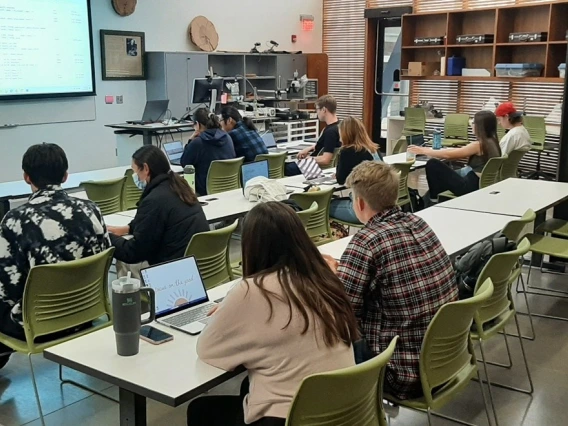
Tree-Ring Time Machine: Research Experience in Dendrochronology
Exposing undergraduate students to research is a great way to engage students in active learning and provide them with hands-on experience in research. At the UA, CUREs (Course-based Undergraduate Research Experiences) are a way to facilitate this. The LTRR has been offering dendrochronology-themed CURE courses for the past 3 years. To date, nearly 40 students have taken part in these courses, and a quarter of them have then been recruited to work as paid technicians in LTRR laboratories. This year’s CURE course, taught by Dr. Bryan Black and Dr. Kiyomi Morino, integrates students into Bryan’s marine paleoclimate research.
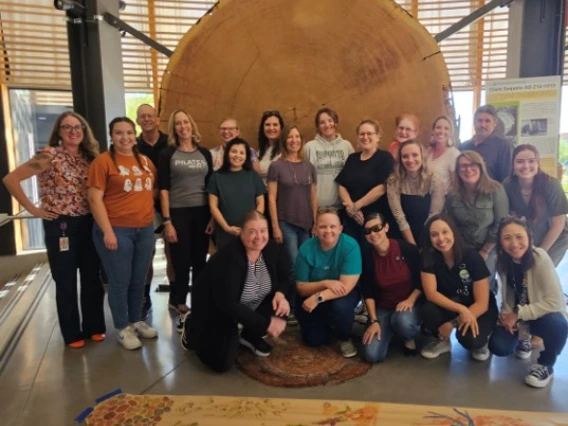
Cultivating Curiosity: TUSD Art Educators Blend Creativity, Science, and Storytelling
Tucson’s K–5 art educators stepped into the Laboratory of Tree-Ring Research for a day of creativity, curiosity, and discovery. These art educators unlocked the secrets of trees and ancient art through hands-on activities at the Laboratory of Tree-Ring Research. Blending art, science, and storytelling, teachers explored how dendrochronology, desert ecology, and visual expression can bring Arizona standards to life. From salt-crystal trees to scientific illustration, this immersive workshop proved that when art and science grow together, student learning flourishes across every subject.
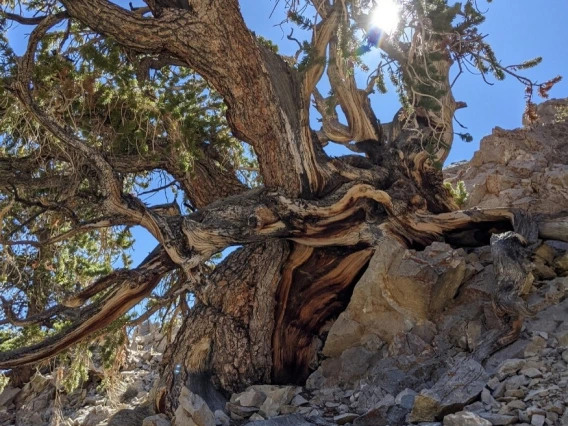
Bristlecone Pine Project
Dendrochronological studies of bristlecone pine have been a strong focus for the LTRR since Edmund Schulman’s work in the 1950s. Since then, numerous studies have undertaken collections of Pinus longaeva (Great Basin bristlecone pine) and Pinus aristata (Rocky Mountain bristlecone pine) for studies of past climate, documentation of volcanic events, and as a foundation for radiocarbon dating. Bristlecone pine is famous for its longevity, with the oldest known individual over 4800 years old, and the oldest chronology of living trees and dead wood dating back more than 9000 years. The LTRR holds the world’s archive of bristlecone pine, including the original collections of Edmund Schulman and many subsequent collections.

LTRR in the News
Check out just a small subset of the many news articles this year on LTRR publications and activities.
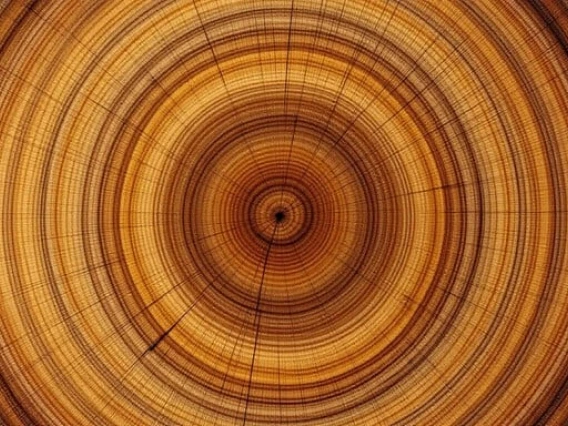
Who is New at the LTRR?
Check out the new faces joining the Laboratory of Tree-Ring Research (LTRR)! Meet the latest members bringing fresh ideas and energy to our team, helping advance dendrochronology and tree-ring science in exciting new directions.
